Last early June, intense rainfall that caused an unusual abundance of water fell over the coastal Atacama Desert in northern Chile, with an extraordinary accumulated total of 22 mm. for an average rainfall of 1.7 mm. in a “normal” year in Antofagasta. As it happened in the spring of 2015, these favorable conditions will allow for a spectacular bloom and a colourful flowering carpet that will cover the most arid desert of the planet for a couple of months.
Botanists, naturalists and nature enthusiasts will pour in to marvel at the great diversity of the area, with more than 200 species of flora such as cacti and other vascular plants, many of them endemic to the country. These include several species of Añañuca, Rhodophiala spp., Lion’s Claw, Leontochir ovallei and Aristolochia chilensis, among others. In addition we can observe interesting mammals, insects, reptiles and some endemic forms of birds like the northern races of White-throated Tapaculo, Scelorchilus albicollis atacamae and Canastero, Pseudasthenes humicola goodalli, among others.
The Coastal Desert is influenced by the cold but productive Humboldt current, which allows for the existence of the natural landscape of northern Chile and Peru, especially the fragile vegetation of coastal hills, adapted to these extreme climatic conditions.
In our expedition we will visit three protected areas of great natural wealth (Pan de Azúcar National Park, Llanos de Challe National Park and the Paposo Nature Reserve), ideal spots to admire the exuberant vegetation, to photograph the wildlife and the changing landscape of beautiful lights in the desert, and to understand the ecology and appreciate the high fragility of these ecosystems, as well as our important duty in the conservation of this natural treasure, in the blooming Atacama Desert.
Our next departure will take place between October 6-10, 2017.
More information: Coastal Atacama Desert.
Photo gallery



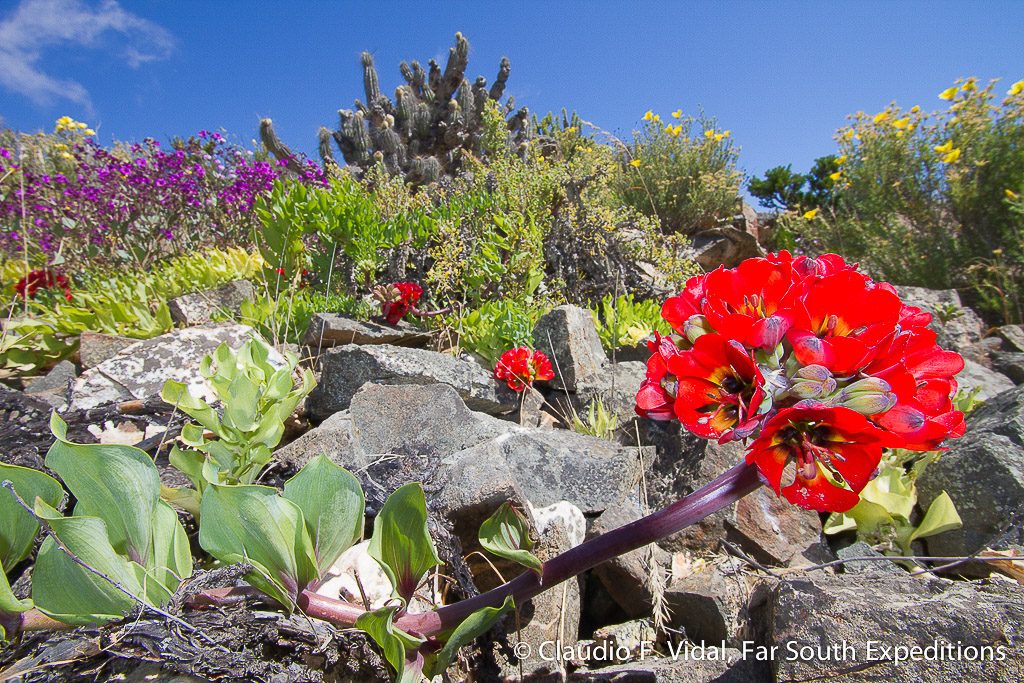
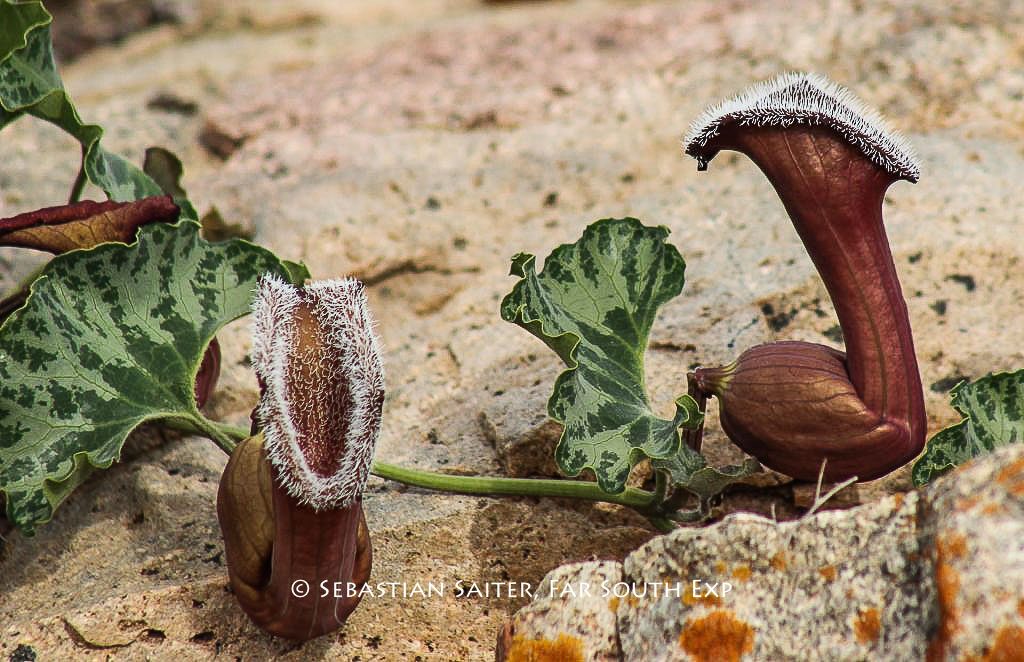

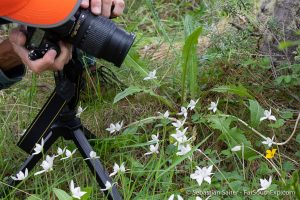




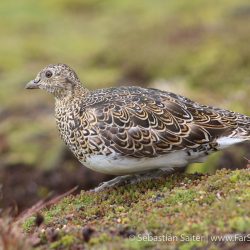
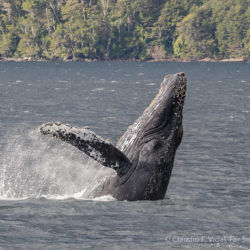
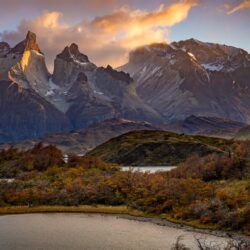
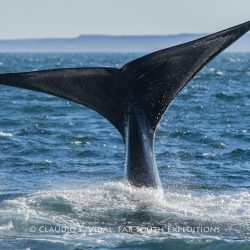

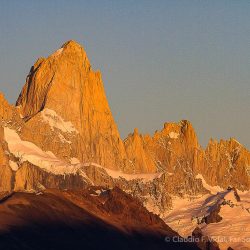


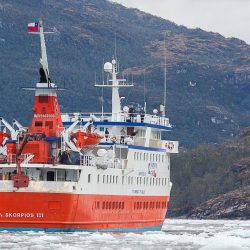


Leave a Reply
Your email is safe with us.